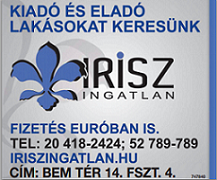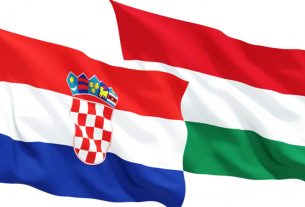At the Hoover Institution, Isabel Schnabel stressed that the traditional Phillips curve—linking inflation and economic slack—has behaved unpredictably over the past two decades. After the financial crisis, inflation was unexpectedly stable (“missing inflation”), while post-pandemic it surged, pointing to a temporarily steeper curve. Now, signs suggest it may be flattening again.
This instability complicates monetary policy. When the Phillips curve is steep, interest rate changes strongly affect inflation. When it’s flat, central banks must act cautiously to avoid harming growth.
Schnabel warned that inflation expectations—and how anchored they are—matter deeply. If people expect inflation to rise, it may become self-fulfilling, making central bank credibility essential.
She highlighted two ongoing pressures on euro area inflation:
-
Germany’s massive fiscal expansion (e.g. €500B for defense and green transition).
-
Rising global protectionism, especially potential US tariffs.
Germany and the euro area could face lasting inflationary pressure from both fiscal spending and trade disruptions. Yet, Schnabel argued that euro area exports, especially high-tech goods like German machinery, are relatively insulated due to low substitutability and strong global demand.
Her core message: despite high uncertainty, the ECB should stay the course—keeping interest rates steady and focusing on medium-term inflation risks.

















